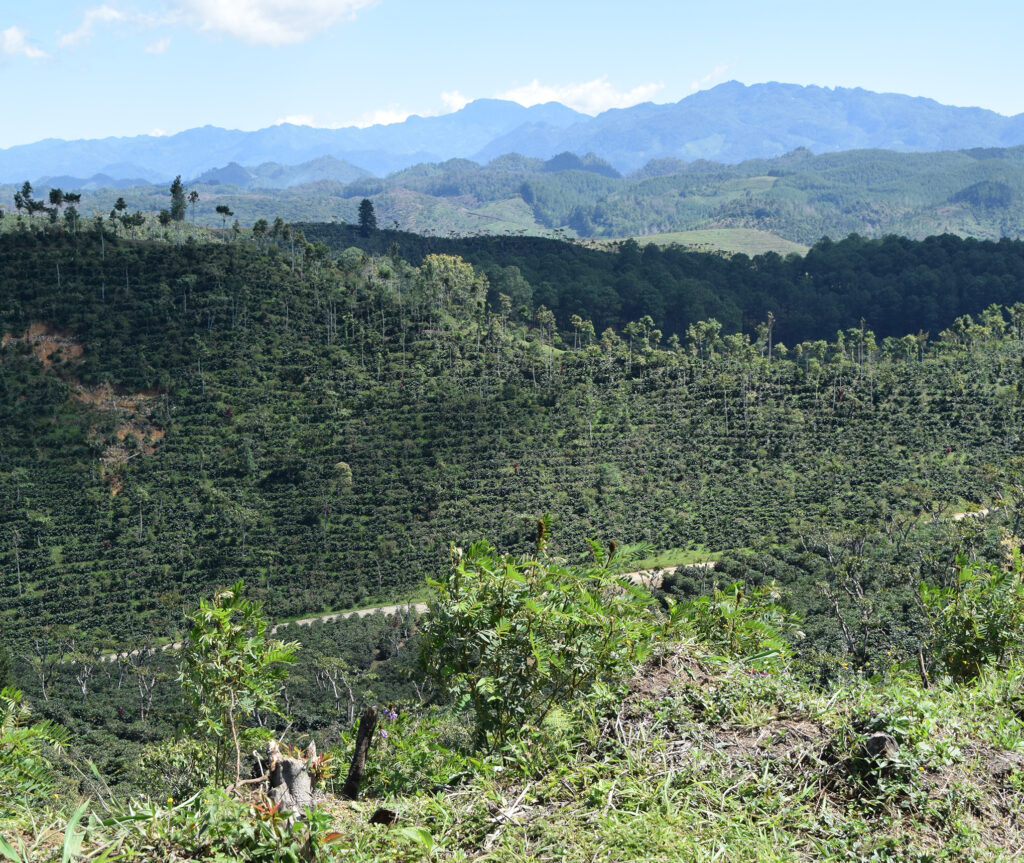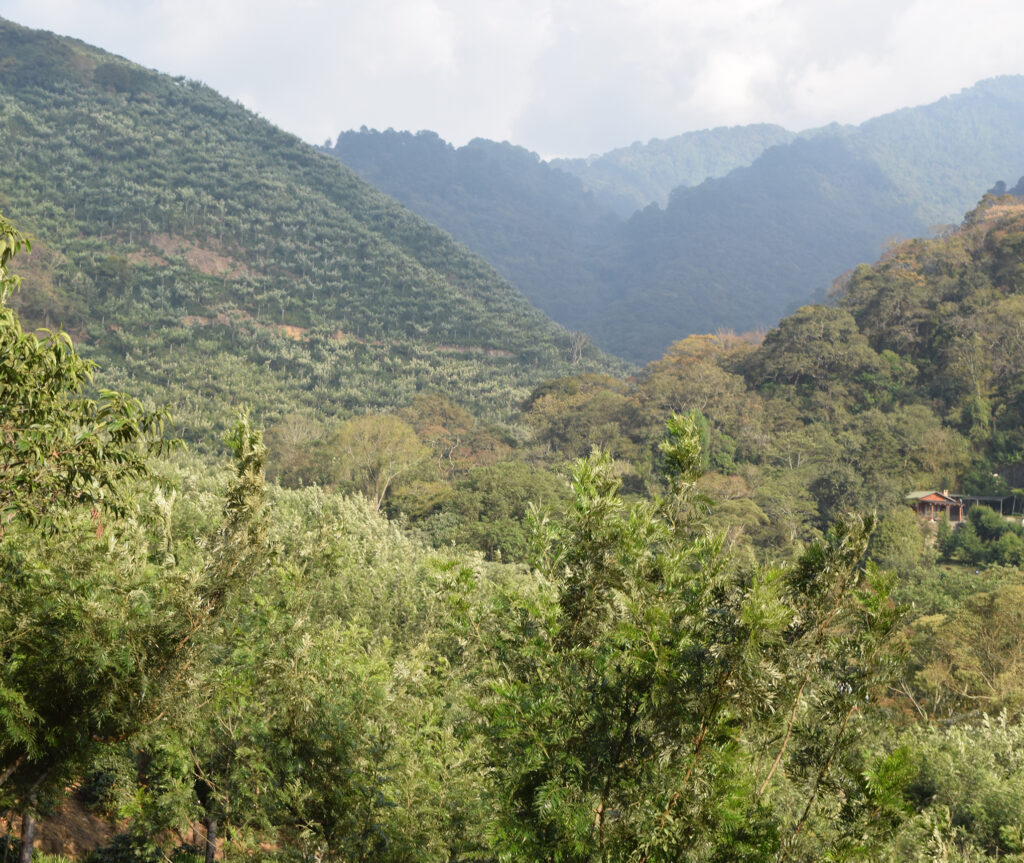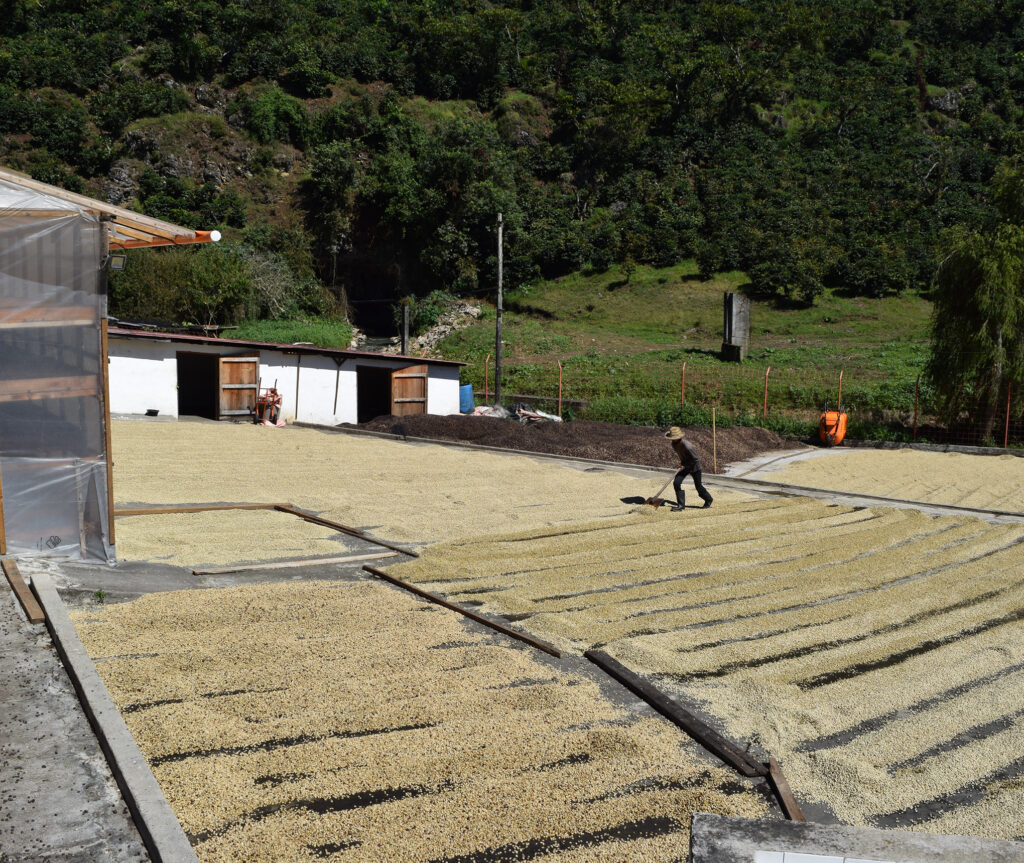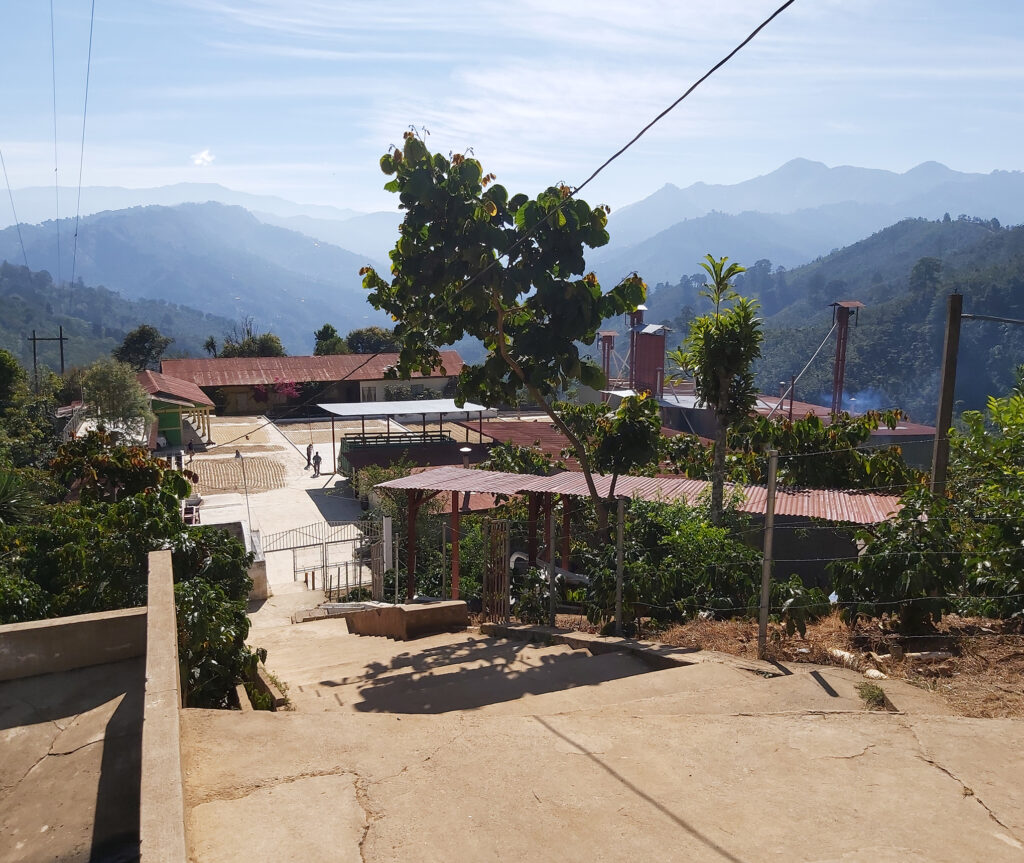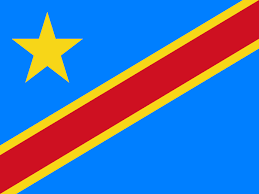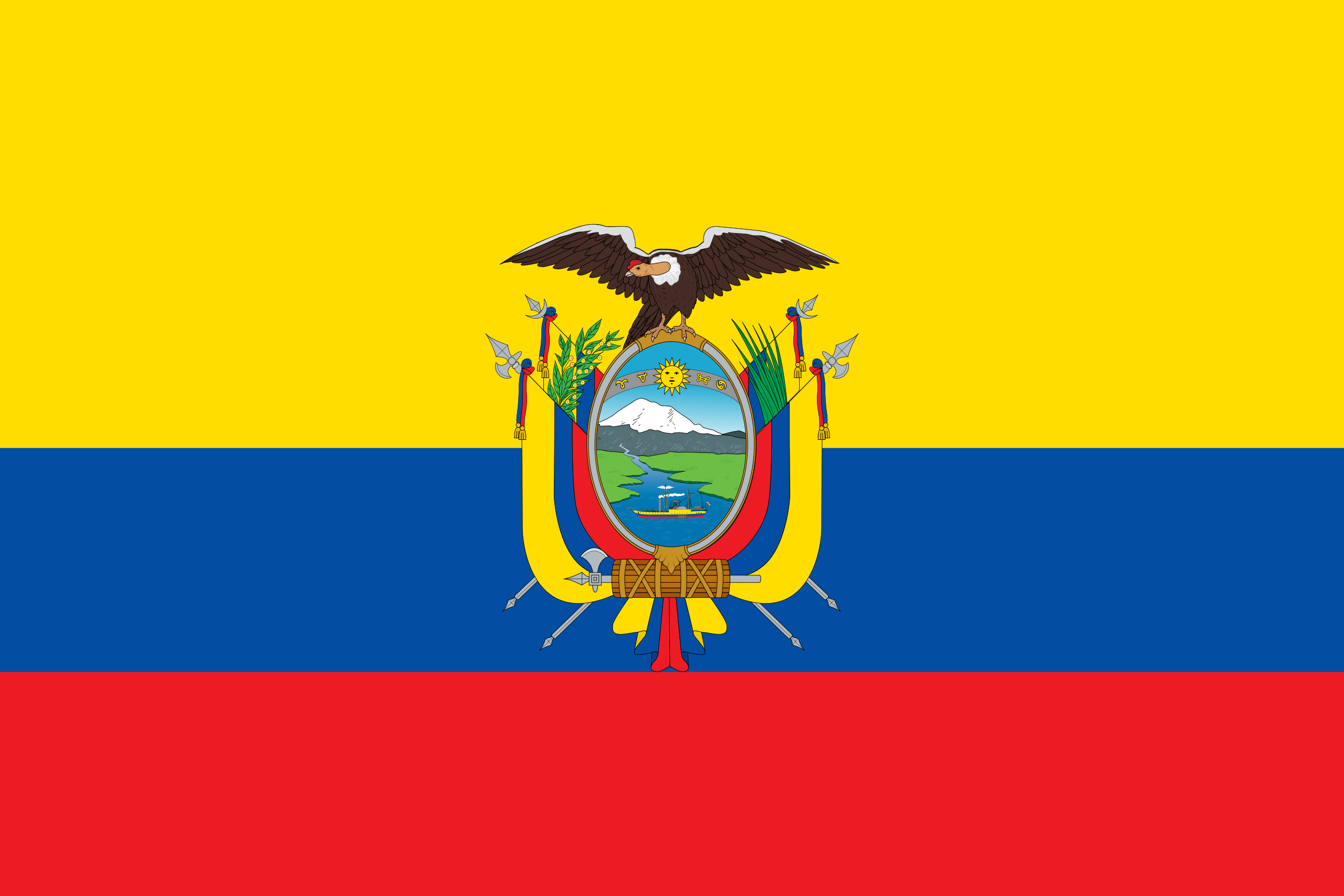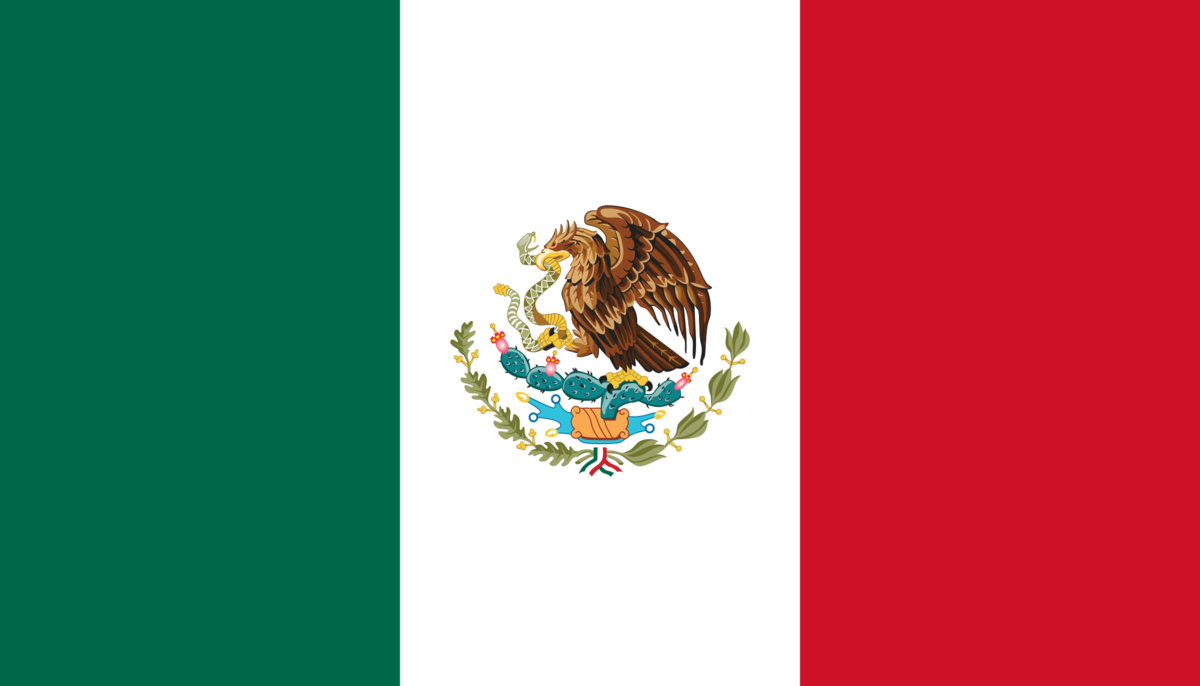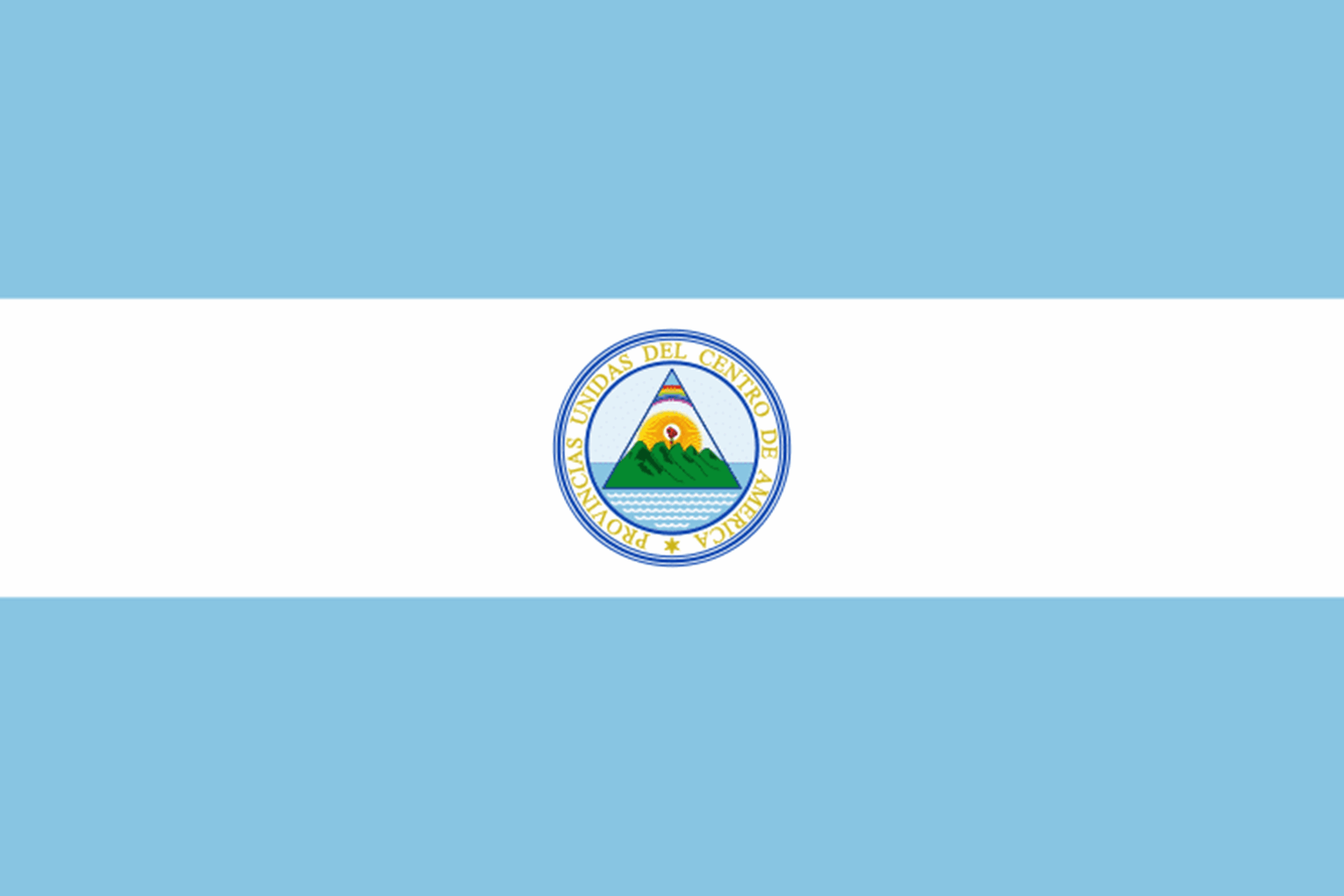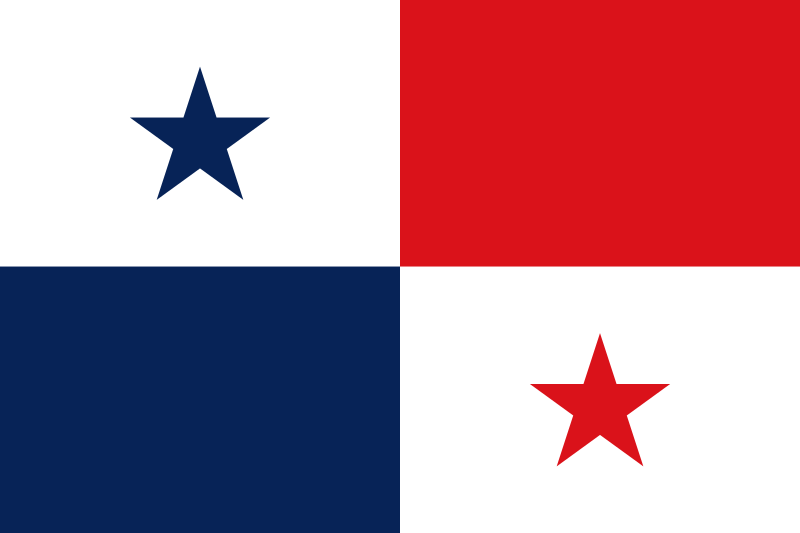With towering volcanoes, sunshine, plenty of rain, and rich soil - Guatemala is a powerhouse for coffee in Central America.
Coffee has helped fuel Guatemala’s economy for over a hundred years. Today, an estimated 125,000 coffee producers drive Guatemala’s coffee industry and coffee remains one of Guatemala’s principal export products, accounting for 40% of all agricultural export revenue.
View Coffees-
Place In World For Coffee Exporter10th
-
Sacks (60kg) exported annuallyApprox: 3,613,000
-
Percentage of world coffee market2.5%
-
Other major agricultural exportsBananas, Sugar, Spices
-
Estimated number of families relying on coffee for livelihood?500,000
-
Typical varieties producedBourbon, Caturra, Catuai, Typica, Maragogype, Pache & Pacamara
-
Key coffee regionsAntigua, Acatenango, Atitlán, Cobán, Huehuetenango, Faijanes, San Marcos & Nuevo Orientea
-
Typical harvest timesNovember - April
-
Typically availableFrom April
